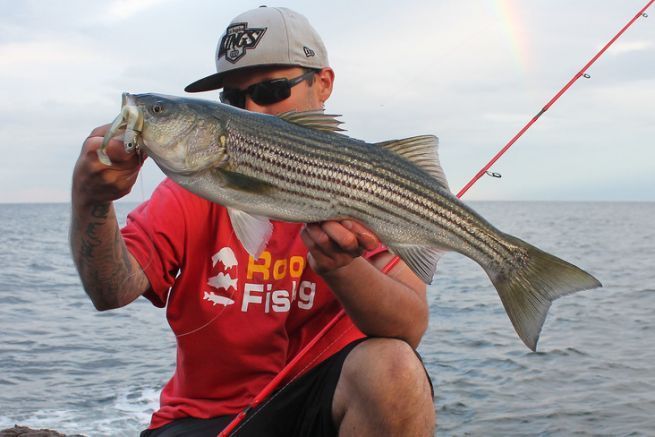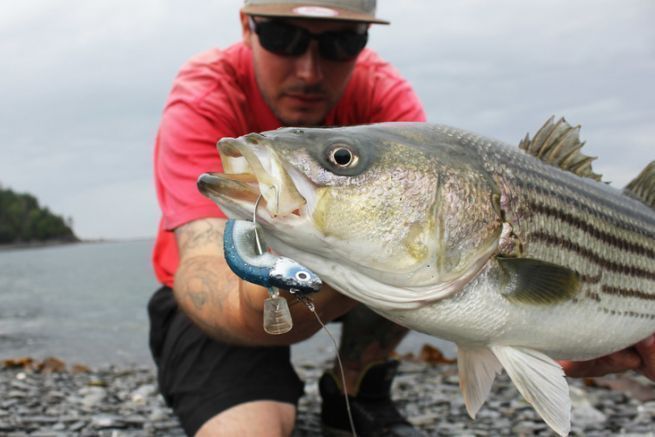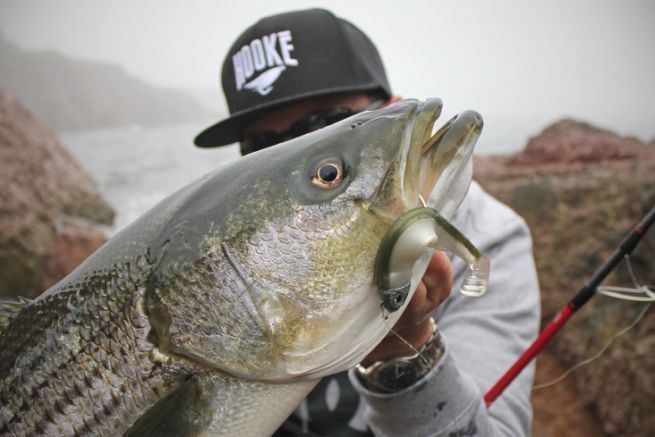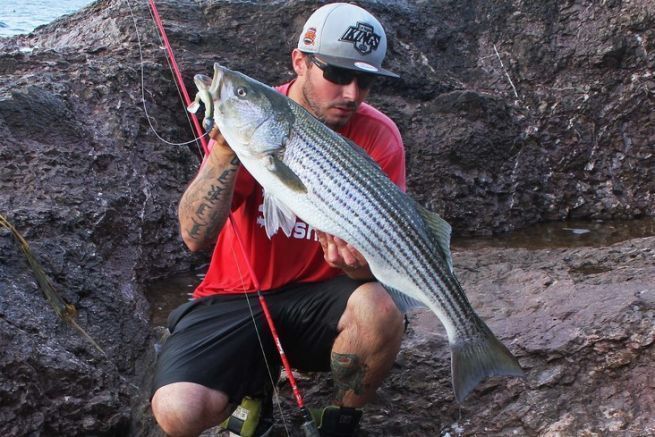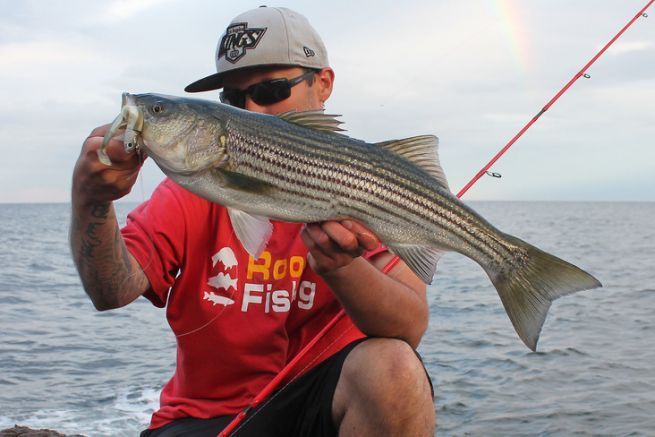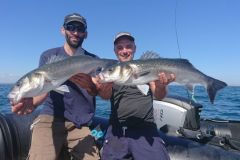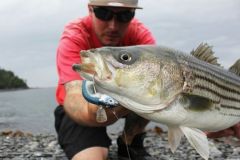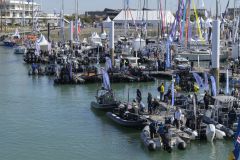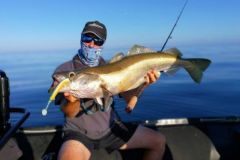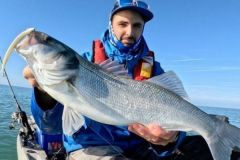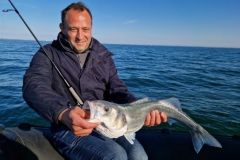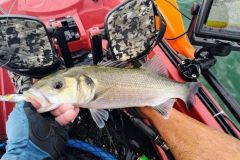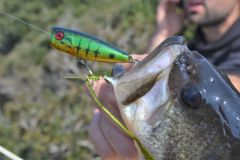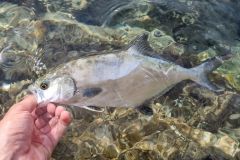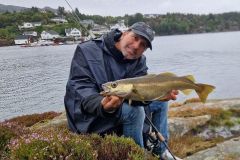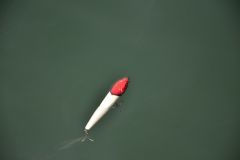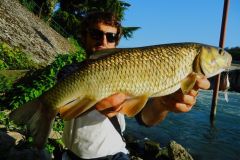Tidal coefficients
If you are planning a fishing trip in search of striped bass, you should prefer to go there during high tidal ranges. As the water rises, the fish will also be found in greater numbers on the coast because it is synonymous with an abundance of food for them. Moreover, the strong coefficients are the moment when the salmon will go up in river, it can be the opportunity to make "double blow".
1 - Rising tide
The rising tide causes a good activity of fish, but they are difficult to locate precisely. They tend to be solitary or in small groups. They will rise with the tide, skirting the beaches or cliffs in search of food, in which case it is best to skirt the shore and cover as much ground as possible.
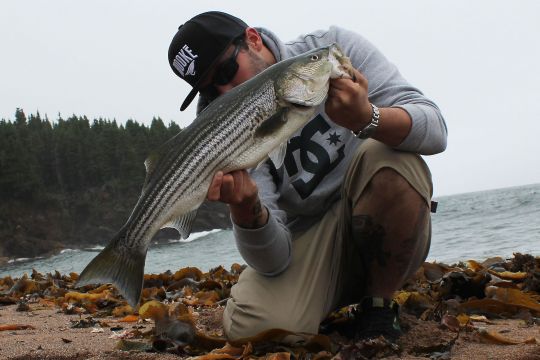
2 - High tide slack
Slack water is the transition phase between the rising and falling tides. In this case, the water is at its highest and the current is much less important. Consequently, the activity of the fish is low. It is of course possible to catch fish at this time, but in a similar way to the rising tide, favoring exploration. Another approach is to position yourself at a strategic location, such as a river entrance, and intercept the fish that want to enter the river.
3 - Falling tide
The ebb tide is the best time for fishing. As soon as the current forms, the bass will position themselves in a strategic place where all the food that the tide carries with it will pass them by. The exits of barachois (lagoons) and rivers are then the places of predilection. It is important to define in advance where to fish during the ebb tide to maximize this moment of intense activity that does not last long.

4 - Low tide slack
Under certain conditions, it is quite possible to do good fishing at low tide. The weather is often the determining factor. A stormy day, with a strong headwind and/or rain, are conditions that can bring the fish to the edge, even if the sea is low. You have to be able to identify all the opportunities and not hesitate to take a chance.
The current is clearly a determining factor in finding bass from the shore. You have to learn to master it and especially to understand how the fish use it to find them.

 /
/ 